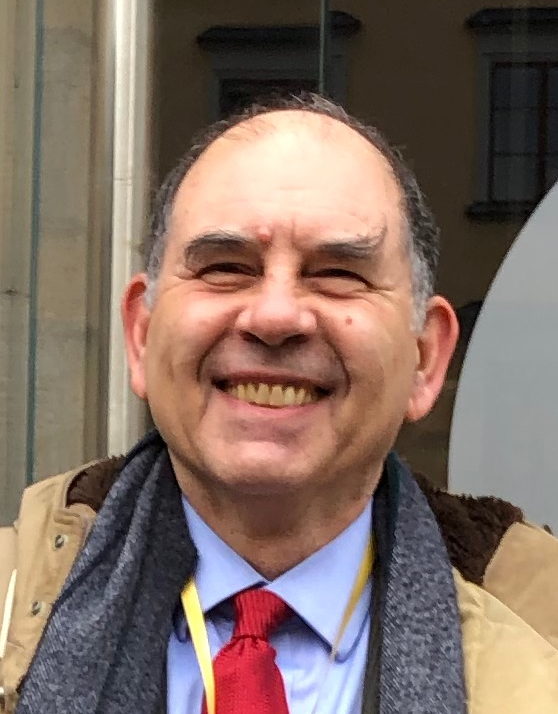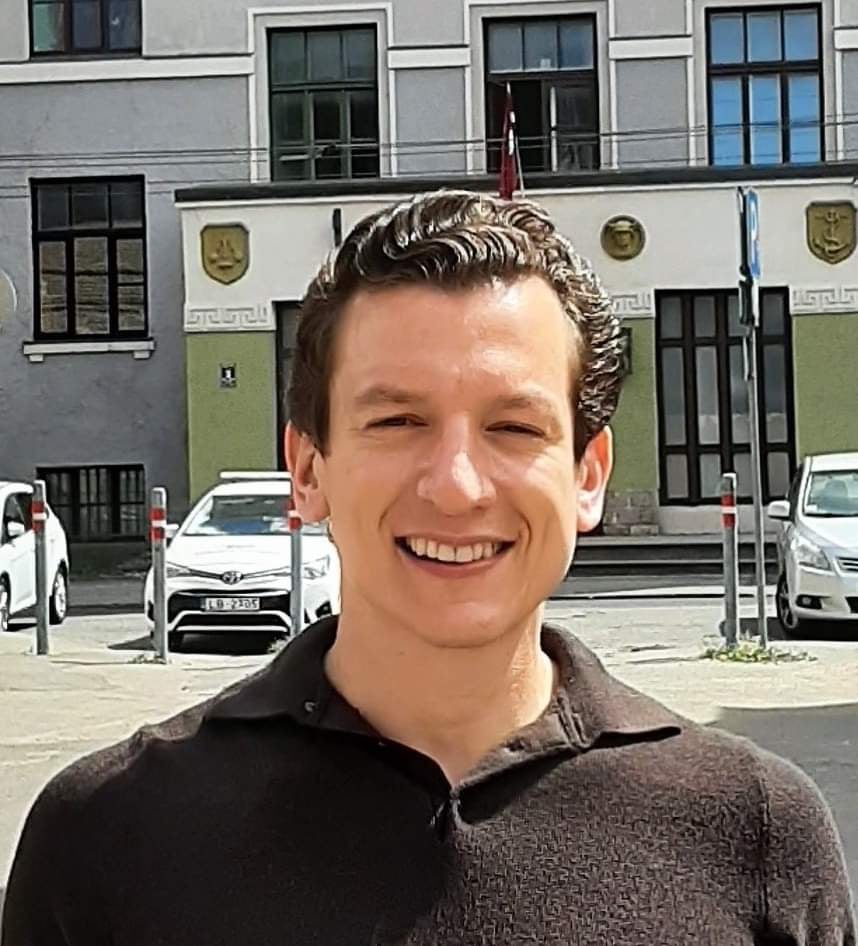
Dr. Nikos A. Salingaros is Professor of Mathematics and Architecture at the University of Texas at San Antonio. As an internationally recognized architectural theorist and urbanist, he was a visiting professor of Architecture at Delft University of Technology, Tecnológico de Monterrey, Querétaro, Mexico, and Università di Roma III. He holds a doctorate in Mathematical Physics from Stony Brook University, New York.
His publications include the books Algorithmic Sustainable Design, Anti-Architecture and Deconstruction, A Theory of Architecture, Principles of Urban Structure, and Unified Architectural Theory, plus numerous scientific articles. He collaborated with the visionary architect Christopher Alexander in editing the four-volume The Nature of Order. Salingaros won the 2019 Stockholm Cultural Award for Architecture, and shared the 2018 Clem Labine Traditional Building Award with Michael Mehaffy.
Michal Matlon: How did your journey start? How did you get to work with architecture and architectural theory?
Nikos Salingaros: My journey began when I discovered the work of Christopher Alexander while I was a graduate student in theoretical physics. I’ve always been close to art and architecture. I used to paint when I was young.







